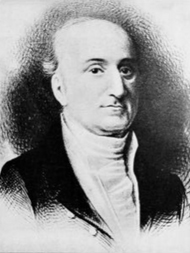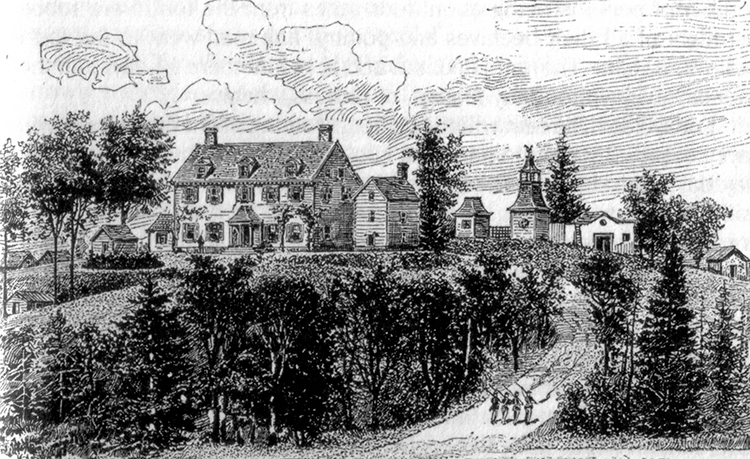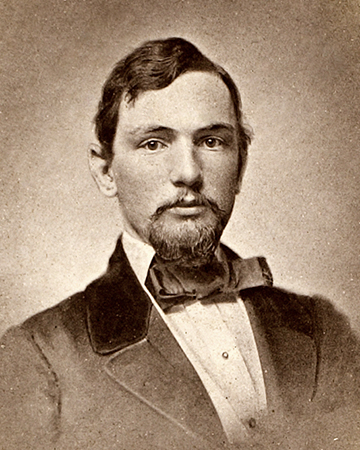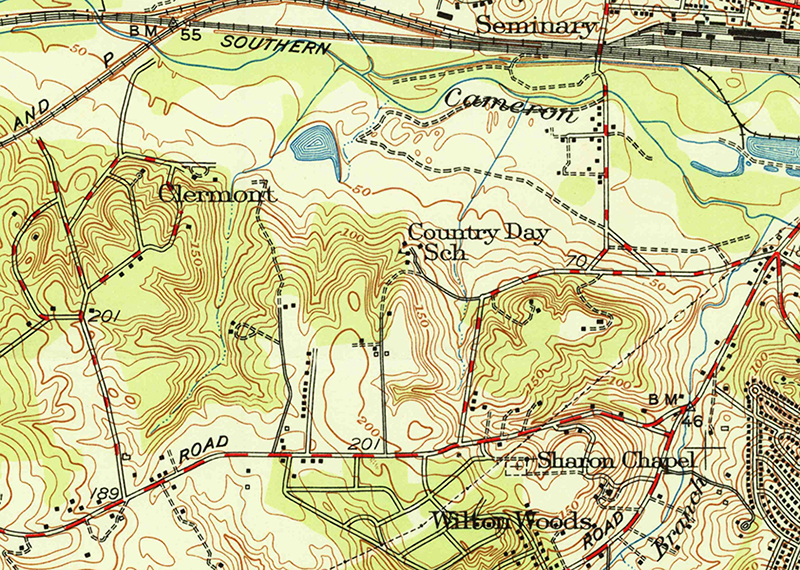The History of Clermont Plantation
This history was written for Clermont Elementary School’s 30th anniversary.
Thirty years ago Clermont Elementary School opened. Long ago Indians used this area as their hunting grounds. They stopped here on their annual hunting expeditions to the Blue Ridge Mountains.
There was a prominent Alexandria man, Benjamin Dulany, who owned a summer home in Clermont. His family supported the Torries in the Revolutionary War. Although he didn’t have the same political views as George Washington, they were very good friends. Mr. Dulany had a favorite horse, Blueskin. He gave Blueskin to George Washington as a present. This was the same horse George Washington rode in the Battle of Princeton. Mr. Dulany married a girl from Rose Hill. She was George Washington’s god child. They eloped to his Clermont summer home which was located close to the railroad tracks on Clermont Drive.

George Mason had a son named John Mason. John Mason helped to build the Potomac Canal and invested in the development of the steamship. When he purchased the Dulany Plantation he named his new home Clermont, after the steamship. The area known as the Gladden Tract was also used by the Indians for hunting and camping grounds. Indian arrowheads and a stone axe have been found in and around the development. The Indians freely roamed the land until the late 1700’s, but after the Revolutionary War the Gladden tract underwent some dramatic changes.

The land was purchased by a family by the name of Stanford. The Stanfords owned not only Wellington Green but also portions of Clermont, Burgundy, and Wilton Woods as well. They established a small plantation and gave their home the name of Burgundy Farm. When Mr. Stanford died he didn’t know which of his two sons to leave his land to, so he solved the problem by dividing the land in half and giving each son half. The eastern portion kept the name Burgundy Farm and the western portion was called Evergreen Farm.
Around 1800 Evergreen Farm was purchased by the Fowles, a merchant family from Alexandria. Around 1870 they built a farm home known as the Evergreen House. In the 1850s Ellen “Nellie” Bernard Fowle was born. On April 19, 1871, she married a former Confederate General, Fitzhugh Lee. Fitzhugh Lee was born in the Clermont Plantation House which once stood in the extreme northern portion of the Clermont Woods Development. Clermont at the time was owned by General John Mason, the son of George Mason.

Fitzhugh grew up on Clermont and at the age of fourteen enrolled in an Episcopal boarding school in Catonsville, Maryland. There he excelled in academics and in 1852 he received appointment to West Point Military Academy. In 1859 Fitzhugh joined an army expedition on the Texas frontier, where he had an encounter with a Comanche Indian. Fitzhugh was wounded and eventually resigned from the Army to offer his services to the Confederacy. He served in the First Virginia Cavalry under General “Jeb” Stuart. He distinguished himself in battle and rose through the ranks quickly. After the war Fitzhugh took a loyalty oath to the Union and became a leading advocate of southern reconciliation with the north. The New York Times wrote on his death:
There is no man in the South and no man in the Unites States, who contributed more than Fitzhugh Lee to forming, after the division of the Civil War, “a more perfect union."
As time when on, the Gladden tract was sold to the Virginia Concrete Company for use as a gravel quarry. Soil geologists from Fairfax County surveyed the land and took soil samples. It was found that this land was once underwater and was part of the Atlantic shoreline in prehistoric times, long before the age of the dinosaurs. Large quantities of marine clay were found and fossils of prehistoric crustaceans known as trilobites can still be found there, but most important, large deposits of gravel were found in the land. The company concentrated its mining efforts on such other properties they possessed like the sites of present day Manchester Lakes and Kingstowne.

In 1965 Virginia Concrete commenced gravel mining operations in the area. Because the area was experiencing a population boom the housing developments in the area were full of angry citizens who did not want a gravel mine in their neighborhood. The Civic Association of Clermont Woods, Wilton Woods, Ridgeview Estates, Winslow, Burgundy, and Franconia banded together and voiced their complaint to the county. All mining operations were halted in the Gladden Tract after an injunction was imposed.
In 1967 the government purchased the land which was to be the new Clermont School. Clermont first opened at Bush Hill in September 1968 and halfway through the year opened its doors on Clermont Drive.
In 1969 Virginia Concrete Company put the Gladden tract up for sale. Due to the “baby boom” at the time, a concern arose that there were not going to be enough schools in our area to handle the growing number of students. Edison High School had recently been completed but many felt we might need an additional high school. The Fairfax County School Board purchased 40.6 acres of the Gladden Tract along Franconia Road as a future site for the new school. Later, when the population began to level off, there was obviously no need for the new high school, so the land was relinquished from the school system to the Fairfax County Park Authority. The Park Authority built a baseball diamond on it and a soccer field and today you know this piece of land as Clermont Park.

